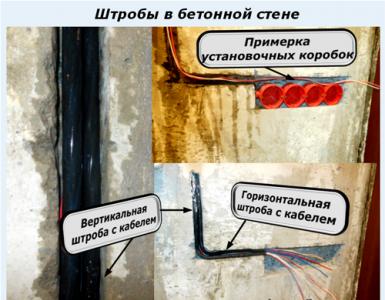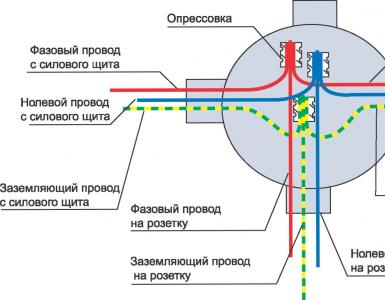Supply and exhaust ventilation for an apartment with do-it-yourself recuperation
The main purpose of ventilation is to update the accumulated air in the room. Ventilation is exhaust, providing air removal, supply - supplying fresh oxygen from the street, and supply and exhaust, which ensures the removal and supply of fresh oxygen. As a rule, this is arranged in the kitchen, bathroom and in places with a large number of people (restaurants, cafes), etc. It should be noted that arranging this type of ventilation is not so easy. Such a system consists of a large number of parts: air ducts, a cooler, a heater, filters, a noise absorber, various sensors (air temperature, carbon dioxide level in the room, etc.). Installing supply and exhaust ventilation in an apartment is a rather complicated and multi-stage work, but with a certain skill and desire, installation can be done by hand.
Why is ventilation necessary?
For an apartment, it is designed to ensure movement in two directions - the supply of fresh and exhaust exhaust.
In apartments, this role is played by open vents and windows, which are assisted to some extent by the existing exhaust ducts in the kitchen and bathroom, which provide local ventilation. However, for large apartments, such ventilation may not be enough.

The consequences of insufficient air exchange for a person can be the following:
- lack of oxygen can lead to disruption of the cardiovascular and central nervous system;
- exacerbated respiratory diseases;
- there is a decrease in performance;
- humidity rises in the room;
- fungus and other pathogens develop in the air.
Signs of insufficient ventilation of the room
- In summer, the humidity rises, and in winter it decreases relative to the natural background.
- In the kitchen, a greasy coating forms on the walls.
- Glass fogging occurs.
- A fungus appears on the walls in the kitchen and bathroom.
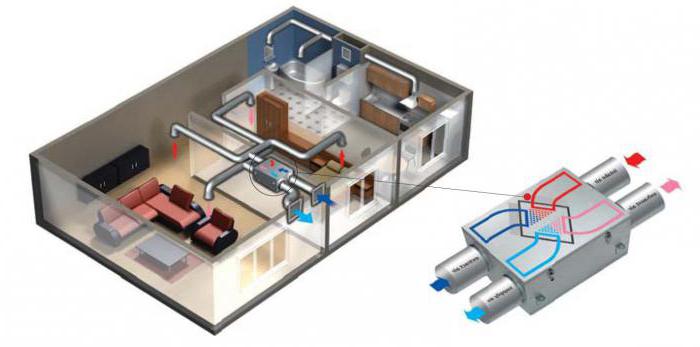
When these signs appear, it is worth thinking about organizing a forced supply and exhaust system in the apartment, since a lack of ventilation can be harmful to health.
Ventilation calculation
Supply and exhaust ventilation systems for an apartment consist of 2 parts:
- A supply ventilation system that ensures the delivery of fresh air from the street, its heating, cleaning, and, if necessary, cooling.
- Exhaust system, which is popularly called simply "hood". This device ensures the outflow of polluted air from the room.
The exhaust ventilation device is quite simple. It consists of an air duct and a mechanism that provides air outflow. Installation of filters, coolers or heaters is not required here. The only thing you need is a noise absorber, because if the hood is powerful, noise will be created from its operation.
The calculation of exhaust ventilation is as follows.
1. The volume of the room is calculated in a cube. m.
2. The resulting indicator is multiplied by 12.
Exhaust ventilation calculation example:
- The kitchen area is 2x3 m, the ceiling height is 2.5 m. We calculate the volume of this room. In this case, it will be equal to 15 cubic meters. m.
- We calculate the power of the hood. It is equal to 180 cubic meters. m / h (15x12).
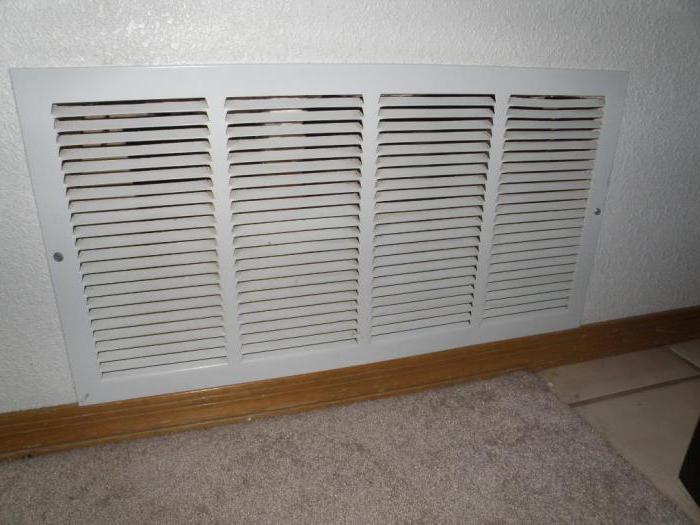
To improve the performance of the hood, it is recommended to open a window or window. To make the supply and exhaust ventilation for the apartment more economical, complex options are used. In winter, the exhaust air warms the incoming air. To do this, use a special unit - a recuperator. It is a kind of heat exchanger, where the air that has arrived from the street is warmed up, without mixing with the air that is discharged to the street.
Ventilation design
In an apartment, it begins with the design. Before carrying out the actual installation on paper, it is necessary to calculate:
- the number of meters of pipe that will be required for the outflow of air;
- how much air is needed for the flow of air ducts;
- determine the location of all nodes and think through all the details of the system;
- consider where the air intakes and grilles will be installed.
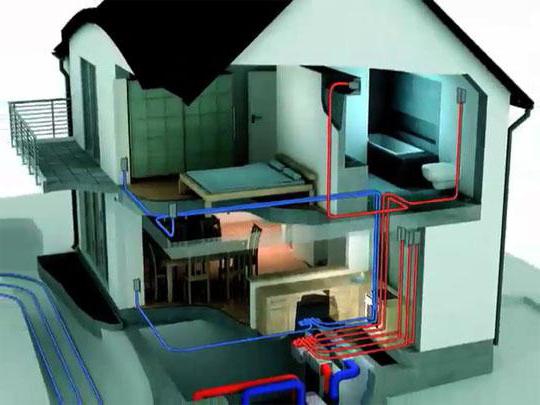
At this stage, it is necessary to take into account not only the location, but also the dimensions of the air ducts (in particular, the diameter of the pipes). It should be remembered that the larger the diameter, the more air flow can be provided. But modern apartments rarely have high ceilings, so it is most likely impossible to install wide pipes. The disadvantage of narrow air ducts is the presence of high noise, therefore, when calculating the supply ventilation, as a rule, a compromise is sought between the size of the pipes and noise indicators.
Features of installation, calculation
Do-it-yourself supply and exhaust ventilation for an apartment is installed during the finishing work, after the completion of all the “dirty” construction work (plastering, puttying), but before installing the ceiling, since the main part of the ventilation system nodes is hidden there. As a rule, everyone is familiar with the principle of ventilation, but not everyone knows which components and assemblies should be installed. Installation options for air handling units are varied: ventilation of the apartment with a supply and exhaust system from the floor, balcony, loggia, under the ceiling, as well as on the outer wall of the building.
The layout of the nodes of this system consists of:
- Air intake valve.
- An air filter that purifies the intake air.
- Heater (heater). This unit usually turns on at low temperatures, when the outgoing air flow does not have time to warm up the incoming one.
- Recuperator, which is a unit in which the incoming flow is heated. Install it to save resources.
- A cooling unit or air conditioner that is installed before leaving the air supply system. It is necessary to minimize the path through the cooled air ducts.
- If necessary, a fan or humidifier is installed along the flow path.
- With a very high power supply ventilation, a noise absorber is also installed.
In order for the supply and exhaust ventilation for the apartment to work as efficiently and economically as possible, an automatic control unit is installed that turns on / off various components (for example, it turns off the heating unit in summer and turns on air cooling, and in winter, on the contrary, the air is heated).
How to determine the power and efficiency of ventilation?
To install the ventilation system, you should calculate the volume of supplied and exhausted air.
- In residential premises, regardless of the number of people staying there, on average, 3 or more cubic meters should be supplied in 60 minutes. meters of fresh air per 1 sq. area meter.
- In places of public use, the oxygen supply should be 60 cubic meters. m./hour per person staying permanently indoors and approximately 20 cubic meters. m/hour for each temporary visitor.
The norms for the frequency of air exchange for 1 hour in rooms for various purposes are given in SNiP 2.08.01-89 * "Residential buildings".
Checking the efficiency of ventilation
To make sure that the supply and exhaust ventilation for the apartment is properly equipped, you need to check the operation of the hood. This is done very simply: a sheet of paper or a lit match is brought to the table. If the edge of the paper moves towards the grate, or the flame is directed towards the ventilation duct, the system is working. If this does not happen, the channel is clogged. The reason for this may be cobwebs or leaves that have fallen into the duct. In this case, it is necessary to clean the channel.
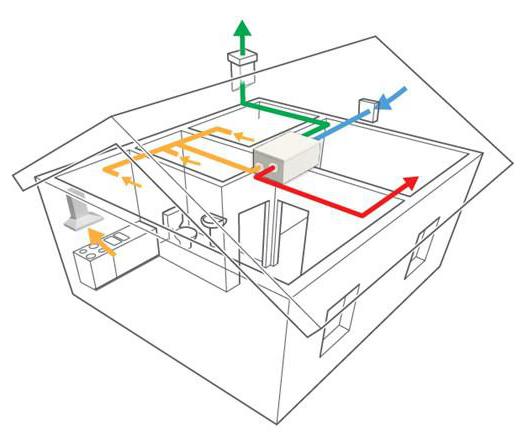
Also, the air outlet in the apartment may not work if the neighbors blocked the channel during the repair. In this case, you should call a specialist to identify this place and resume traction.
Organization of proper supply ventilation in the apartment
Installing plastic windows can cause poor ventilation of the apartment, condensation. Supply and exhaust will help to find a way out of the situation. The influx of fresh air can be increased by installing special valves on the balcony, loggia. The outlet of the exhaust air will occur through the ventilation grilles in the bathroom, in the kitchen. However, a more efficient way is to install a decentralized exhaust structure on the facade wall inside the apartment. Air exchange occurs through air ducts in the wall. The heat recuperator allows you to reduce the cost of heating the apartment by more than 70%, and the filter purifies the air. The unit is quite simple, you can install it without much difficulty with your own hands.
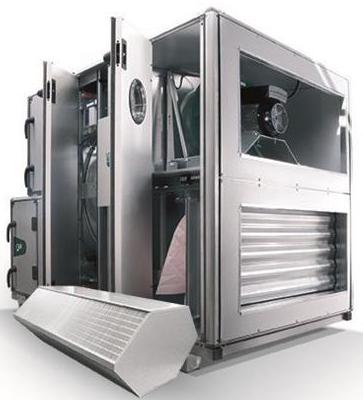
Benefits of Heat Recovery Ventilation
The supply and exhaust system, as you know, has a low efficiency. To increase it, a heat recuperator is installed - a unit that provides energy saving in the room.
Supply and exhaust ventilation for an apartment with recuperation works according to the following principle: the outgoing air is not immediately removed to the outside, but enters a special cassette, in which it heats the clean air coming from the street to room temperature.
The advantage of this system is that heated comfortable air enters the room, which does not require additional energy to heat.
System maintenance
This process can be divided into 3 stages:
- Maintenance of exhaust ducts (periodic cleaning with replacement of filter cassettes).
- Maintenance of pressure equipment (maintenance of fans).
- Care of additional equipment - heaters, recuperators, air conditioners, etc.


